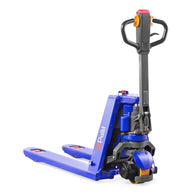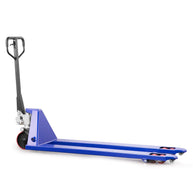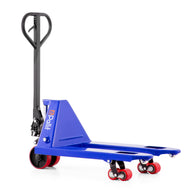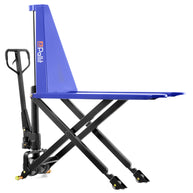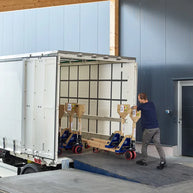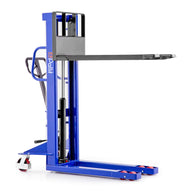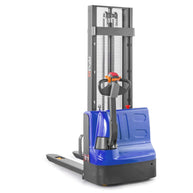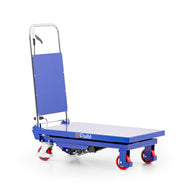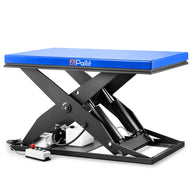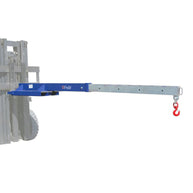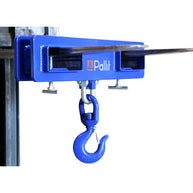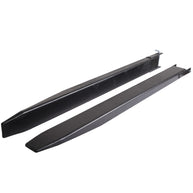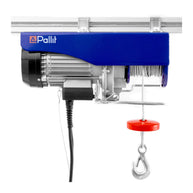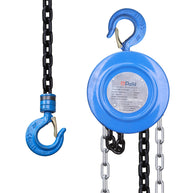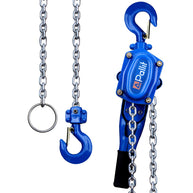small parts warehouse

Working in the small parts warehouse
Small parts warehouses offer space for loading units with small dimensions or low weight. This type of warehouse enables the classification of many different items and achieves a high turnover rate through modern automation technology.
functionality
The small parts warehouse enables space-saving and efficient storage of small parts in small parts containers. An automatic small parts warehouse consists of a shelving system with one or more aisles, each of which has its own storage and retrieval machine. Storage takes place in containers that are transported by conveyor technology to the picking stations and back to their place in the warehouse. The system also includes a placement station, where the storage containers are filled. Display orders can be generated using control software. Manual small parts warehouses are an alternative.
Advantages
The small parts warehouse is advantageous in logistics for several reasons:
- Designed for the storage of small and light parts
- Increases productivity through greater efficiency
- Facilitates classification of large quantities of items
- Flexible in terms of setting up picking stations
- Serves for optimal use of space in the warehouse
- Controllable via software
importance for the production chain
The warehouse is a strategic element in the company's production chain. An efficient small parts warehouse ensures that other areas of the company, such as assembly or sales, receive the parts they need quickly enough. Optimal supply management is based on a functioning warehouse.
The automated small parts warehouse makes it possible to keep parts with high rotation easily accessible and to store the most sensitive parts in the cleanest possible places. A balanced small parts warehouse helps companies to optimally adjust their production chain. For example, a higher turnover rate can be achieved for more expensive products than for cheaper ones.
Types of small parts warehouses
The following table provides an overview of the available types of small parts warehouses and their properties. When considering this, it is important to distinguish whether the warehouse employee moves to the goods (“man to goods”) or the goods move to the warehouse employee’s position (“goods to man”):
| Art | storage principle | Description | investment costs | handling costs | handling capacity | land use |
|---|---|---|---|---|---|---|
| Single-story shelving system | man to commodity |
|
Small amount | High | Average | Good due to narrow aisles, but volume utilization is low |
| Multi-level shelving systems | man to commodity |
|
Small amount | High | Small amount | Good due to double or triple volume of single-storey warehouses |
| mobile shelving | man to commodity |
|
Low to medium | Low thanks to the easy opening and closing of the aisles | Average thanks to shorter operating processes | High due to the small number of gears required |
| warehouse with narrow aisles | man to commodity |
|
High | Low, as mechanical elements reduce personnel costs | High | High |
| general cargo flow racks | man to commodity |
|
medium-high | Very low because the system improves staff efficiency | Very high | Very high due to the small number of gears |
| miniload | goods to men |
|
Average to high | Low, as it is almost fully automatic | Medium to tall | Very high, as the entire storage height is used |


